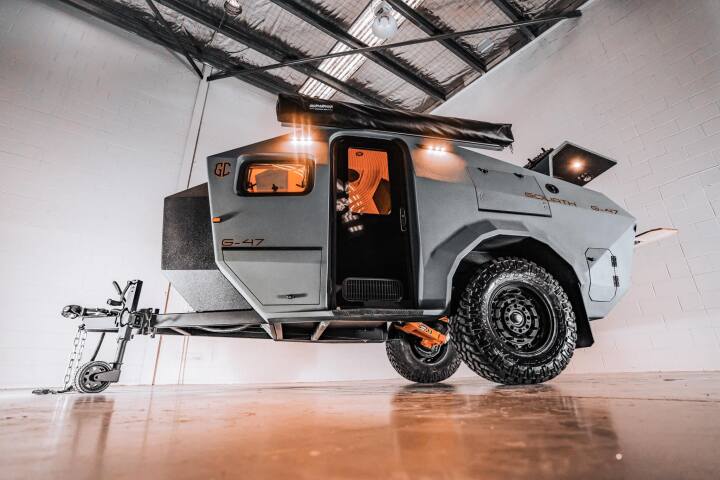A new Kickstarter product to address that First Worldiest of First World problems, errant electronics cables, is off to a flying start. Since launching the project page, the Recoil Winder family of spring-loaded, self-winding cable holders has attracted five times the starting goal of US$10,000, and with 19 days to go. Seeing a Winder in action, it isn't hard to see why. The spring-loaded mechanism appears to be very quick and easy to use, and the result is so neat it's hard to watch one in action without imagining a future free of boxes, drawers and cupboards full of entwined masses of seemingly self-tangling cables.
There are three sizes of Recoil Winder. The Small Winder is designed with Apple earbuds in mind, and doesn't struggle with those with small integrated microphones. The Medium Winder is designed for other headphones and "light weight USB and charging cords" up to 47 inches (1.2 meters) in length. The Large Winder will take 60-inch (1.5-meter) cables, though only those of "small diameter". Having seen the video, "small" doesn't appear all that tiny, as the larger winders appear to be able to handle cables as broad as are likely to see everyday use - just don't try to wind up a 4-core armored electrical cable. The product range is completed by the rack, a neat, black stand that houses three Winders of any size.
It doesn't really matter what's on the ends of the cable, either. The demo videos show chargers, Wii Nunchuk's and USB cables all wound in the blink of an eye because, to wind a cable, you first fold it in half. The fold is then hooked onto the Recoil Winder, and, with a small tug, the Winder promptly winds up the cable with its spring-loaded action.

For a moment, it appeared that unwinding a cable might prove a point of concern, the action being conspicuously absent from the two prominent videos on the Kickstarter product page. But shrewd would-be investors cottoned on and this question is now top-most in the FAQ. The designer has issued a video response, and, sure enough, unwinding a cable turns out to be as quick and easy as winding one up.
Investors can opt for a broad variety of packages from US$8 for one small Winder, up to $2500 for 125 sets of Winders, a set being a rack with one Winder of each size. A single set will set you back $30, while two can be had for $55.
Even during writing, the pledges continued to rise, standing (as I write these very words) at $50,251 from just over a thousand backers, with a mean investment of $47. It would appear that a significant number of investors see the product as the answer to their cable management nightmares, and want to take advantage of introductory prices to stock up on a good number of Winders.
Given the backing this product has received with so much time remaining on the clock, the signs are as positive as can be that inventor David Alden has come up with a winning piece of industrial design. You can see a video of his innovation at work below.
Product page: Recoil Winder













